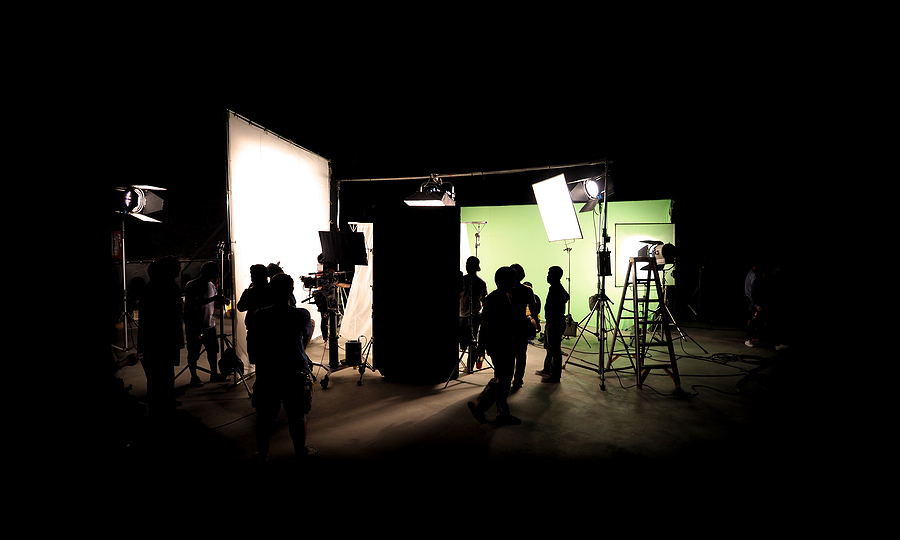The film industry, and increasingly also high-budget TV production, has long been innovative and quick to harness the power of emerging technologies. The long timelines and generous budgets afforded to productions at the top end of the sector provide the perfect opportunity to experiment with new techniques.
LED video walls first began to be used in the making of the biggest blockbuster films around ten years ago, but now they are widely used throughout the industry. Here are some of the ways that LED technology is transforming the world of film and television production.
Replacing traditional greenscreens
When special effects or different backgrounds are required for a scene, the traditional approach has been for the actors to perform in front of a large static green backdrop known as a greenscreen. During post-production, the footage can be adjusted so that it only picks up the figures and objects in front of the screen, and filters out the green background.
This has been the standard method of applying visual effects in film productions for decades, and it is still widely used, especially for lower budget projects. However, there are drawbacks, including colour spill, which is when some of the bright green background is reflected on the actors.
The grain in the colour green can sometimes create a fuzzy outline around the actors, which can make the overall effect look unconvincing and amateurish. This is a particular problem if low quality post-production tools have been used, or if the process has been inexpertly applied.
Sometimes the nature of the subject matter means that green screen just doesn’t work no matter what technique is used or how knowledgeable the post-production editor is. For example, if the set features interior design with a lot of intricate shiny and reflective surfaces, it will be almost impossible to key in the background.
LED video walls can solve many of these problems by providing dynamic backdrops that need much less extensive post-production work to make them blend seamlessly with the live-action footage. This allows for a wide range of backgrounds, no matter how complex or diverse, to be filmed at a single location.
More realistic integration with foreground and visual effects
The LED video wall or screen can produce real-time special effects, which allows actors to interact with their surroundings in a more natural and convincing manner. For example, in a fantasy or children’s film where a live actor needs to perform with a computer-generated character, they have visual cues to respond to.
This helps them to capture the emotional tone of the performance more effectively, and also makes their timing and physical placement more accurate. The end result is a more authentic piece of acting and a flawless integration of live action, special effects and background footage.
Furthermore, greenscreens need to be carefully lit to avoid shadows and reflections on the subjects, which calls for separate lighting setups. Even the most advanced lighting techniques can produce inconsistent results, and in all cases shadows and reflections have to be digitally added into the scene afterwards to make it appear more realistic.
LED screens emit an even and consistent light, and the footage requires much less post-production work to produce a professional and convincing result. This speeds up the production timeline and also saves labour and costs.
Dynamic lighting effects
LED screens can be used purely to provide lighting effects, rather than used as background. This method can be used to add moving scenery or recreate colours that can’t be reproduced with computer aided design. The required footage is played off-screen on the LED wall, and the light emitted by the screen is integrated into the special effects.
The future of LED technology in film and television
It’s still very early days, and no doubt the use of LED technology in the film industry will become more widespread and sophisticated in the future. Already, the use of curved video walls that offer a fully immersive backdrop mean that the possibilities are now almost endless.
One of the biggest changes may be the volume and quality of future products, as fewer location specific shoots, specific weather and light conditions, risky stunts or complex set builds are required. This significantly reduces the production costs and timelines.

